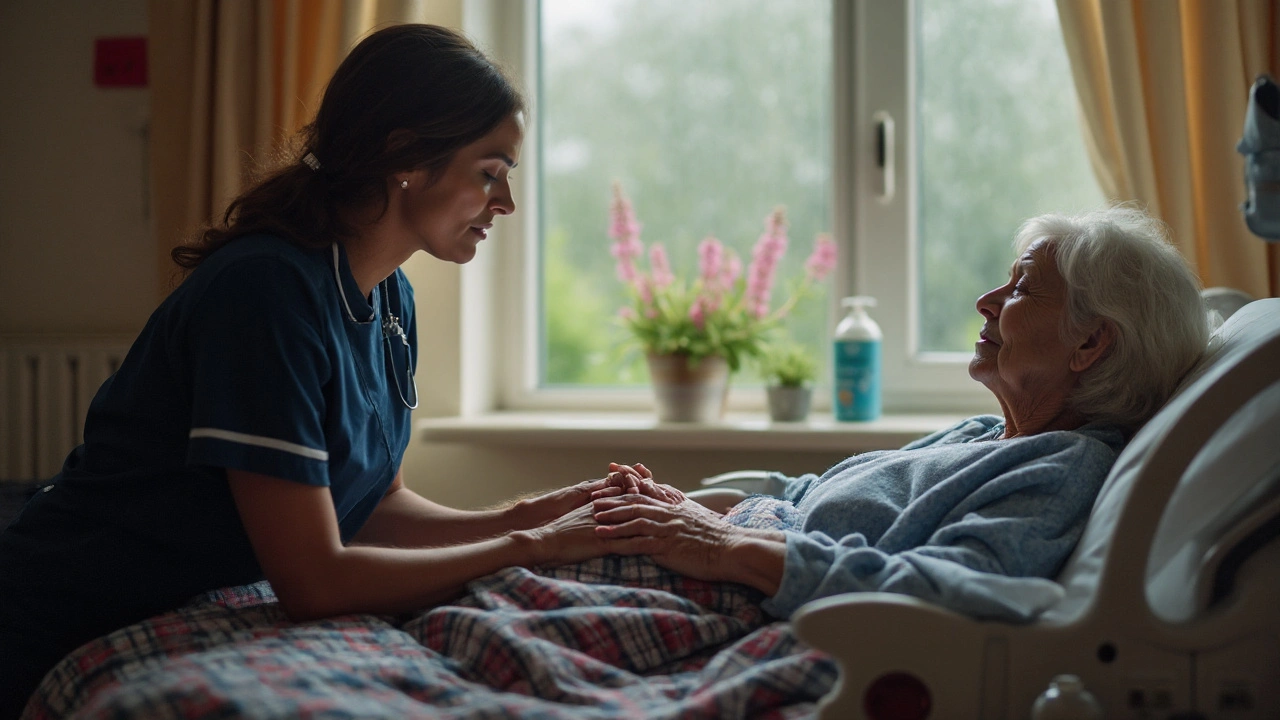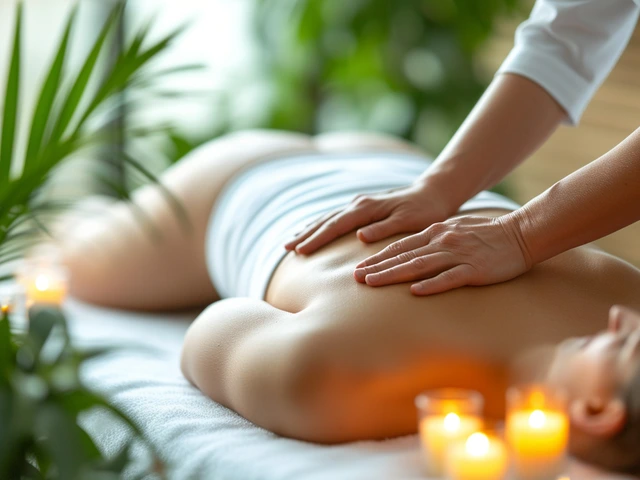Caregiver Guide – Simple Massage & Therapy Tips for Everyday Wellness
Being a caregiver means you’re always on the go, juggling appointments, meals, and endless to‑do lists. It’s easy to forget your own body needs a break. This guide gives you straight‑forward massage and therapy ideas you can use at home or in a clinic, so you stay relaxed and ready for the next challenge.
Quick Relief Techniques You Can Start Today
When a client or family member has been sitting for hours, a few minutes of light pressure can make a huge difference. Try a chair massage: a gentle squeeze on the shoulders, neck, and upper back while the person stays seated. It boosts circulation and cuts the mid‑day slump. You’ll find the same tip in our "Why Chair Massage Works" article, which explains why a 5‑minute session lifts energy and focus.
If you’re dealing with tight hamstrings or tense lower back, the Polarity Therapy moves work well. They combine soft stretches with light hand‑on energy balancing. Our "Polarity Therapy Guide" breaks down the steps, safety notes, and a few home‑practice moves that take less than ten minutes.
For deeper tissue work, a trigger point massage can release knots that cause headaches or shoulder pain. Press a fingertip into the knot for 10‑15 seconds, then slowly release. Repeat a few times and you’ll notice the pain easing. The "Trigger Point Massage Therapy" post shows how to locate common spots and what to avoid.
Choosing the Right Therapist and Setting Realistic Expectations
Not every therapist matches every need. If you’re looking for a full‑body unwind, our "Swedish Massage Guide" lists what to expect: long strokes, gentle kneading, and a calming environment. Knowing the price range and prep checklist helps you feel confident before you walk in.
When you need something more focused—like improving breathing after a recent injury—check out the "How Rolfing Improves Breathing Mechanics" article. It explains how Rolfing releases the rib cage and diaphragm so you can take deeper breaths without strain.
Safety is a must. Before booking a session for a loved one, read the risk sections in posts like "Knife Massage (Dao Liao)" or "Snail Facial Massage". They outline who should avoid these therapies and how to verify a practitioner’s credentials.
Finally, a quick self‑care habit can keep you from burning out: spend three minutes each evening doing simple acupressure on your wrists (the spot below the thumb). It eases stress and improves sleep, as highlighted in our "Acupressure Benefits" guide.
Use these tips, pick the right therapist, and remember to treat yourself the same way you treat those you care for. Small, consistent actions add up to big health gains for caregivers everywhere.

How Palliative Massage Transforms Hospice Care: Benefits, Techniques, and Safety
Discover how gentle touch reduces pain, anxiety, and restlessness in hospice. Evidence-backed steps, safety rules, and caregiver-friendly techniques that truly help.
Categories
- Health and Wellness (148)
- Alternative Therapies (85)
- Massage Therapy (40)
- Travel and Culture (15)
- Beauty and Skincare (9)
- Holistic Health (8)
- Health and Fitness (5)
- Spirituality (5)
- Other (2)
- Personal Development (2)
Popular Articles

Ortho-Bionomy: A Journey towards Pain-Free Living
Nov, 13 2023


